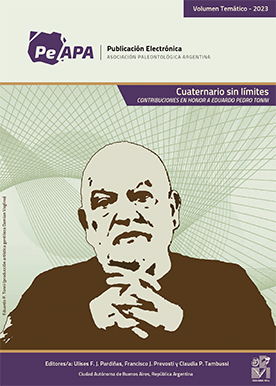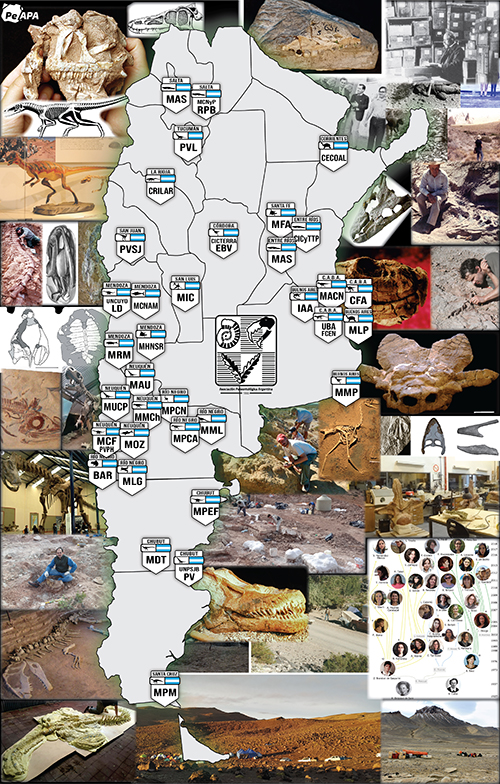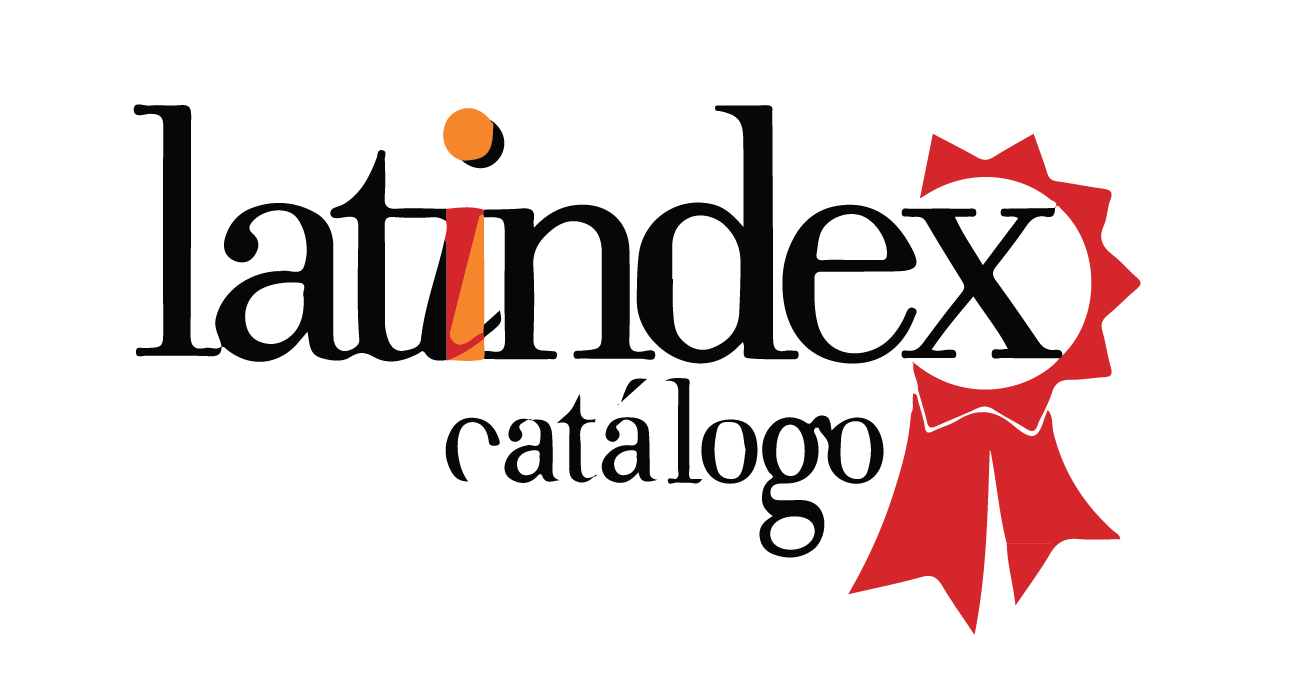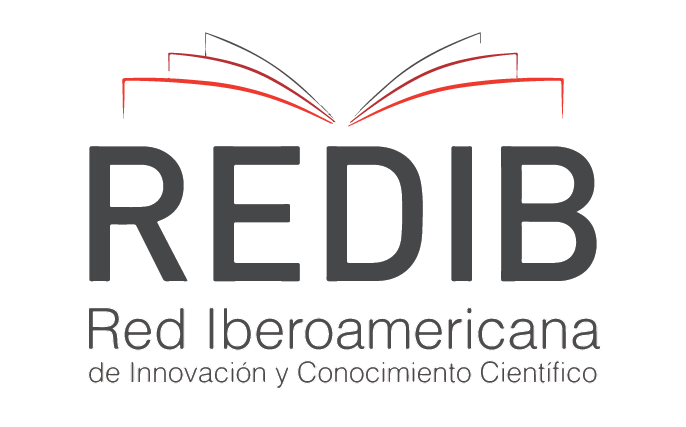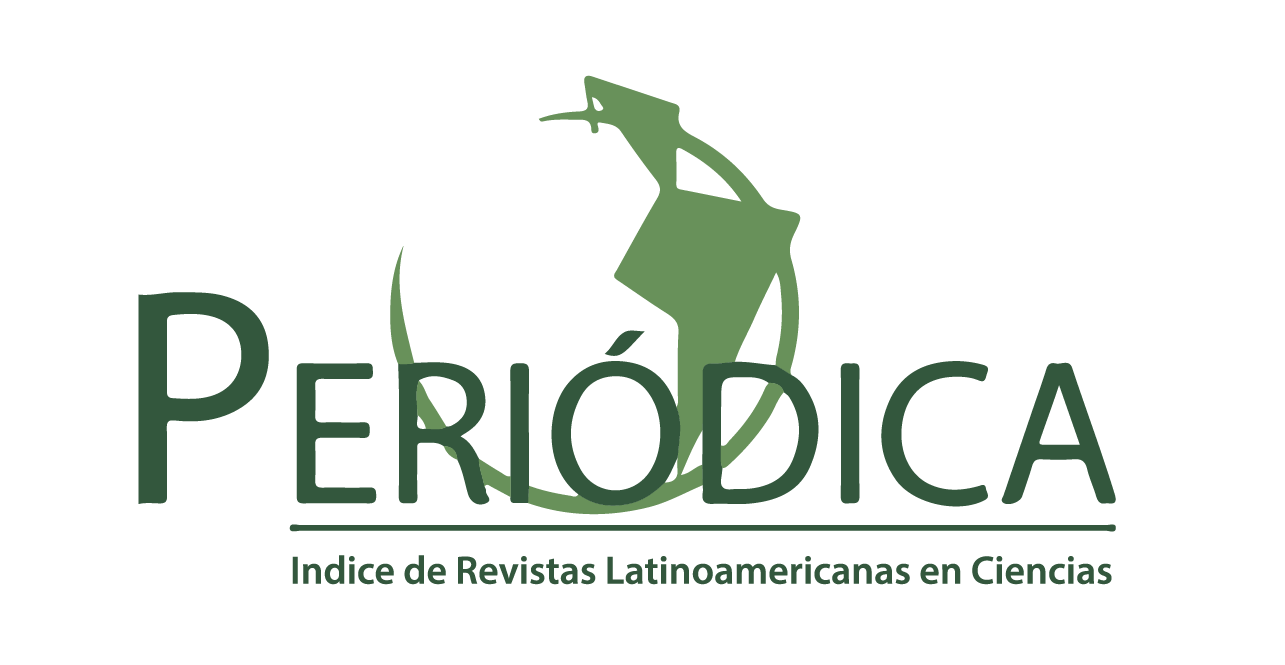ASOCIACIONES MINERALÓGICAS DE ARCILLAS DEL PALEÓGENO DE CUENCA AUSTRAL, SU SIGNIFICADO PALEOCLIMÁTICO Y EL LÍMITE PALEOCENO/EOCENO
Resumen
The clay mineral associations from the Upper Cretaceous up to the lower Neogene in the Austral Basin (southernmost South America) exhibit changes, most of which can be related to climatic factors. The kaolinite content in the Danian (Cerro Dorotea Formation and basal "Magallanes inferior") is correlated with the relatively warm, wet climate. These climatic conditions were accentuated close to the Paleocene/Eocene boundary being represented by a kaolinite peak near Cerro Dorotea (early Paleocene)/Río Turbio (middle-early late Eocene) unconformable formational contact. This remarkable kaolinite content, widely extended and traceable in subsurface, was favored by a mid-Paleocene uplift that gave rise to an extended and regional unconformity. The decreasing kaolinite content during the middle Eocene, recorded in lower members of both the Río Turbio and La Despedida formations, is related to the global cooling trend. The widespread abundance of smectite during the late middle Eocene-lowermost Oligocene, is related to a relatively warm climate and alternating wet and dry seasons. During the late Eocene-early Oligocene (San Julián, Río Leona and Cabo Peña Formations, and La Herminita beds) kaolinite was not recorded or is very scarce. A marked decrease of smectite that was replaced by illite-clorite is recorded in the Tierra del Fuego Island (Cabo Peña Formation, Glauconítico A and La Herminita beds) and in the Santa Cruz Province (upper member of the San Julián Formation) which bear the foraminiferal cold water Spirosigmoilinella- Martinottiella Assemblage of Antarctic character and is coeval with a conspicuous increase of frequence of Nothofagidites. In the latest early Miocene (Monte León, Centinela, Carmen Silva, and Cabo Domingo Formations), a widespread episode of abundance in smectite occurs; this also includes a minor kaolinite content in the upper levels of the Monte León Formation. This episode could be related to the maximum warmth in the Neogene close to the early/middle Miocene boundary.KEY WORDS. Clay. Paleogene. Austral Basin. Paleocene/Eocene. Palaeoclimate.
Descargas
Publicado
Número
Sección
Licencia

Los/las autores/as conservan los derechos de autor/a y garantizan a la revista el derecho de ser la primera publicación del trabajo licenciado bajo una licencia CC Attribution-NonCommercial 4.0 que permite a otros/as compartir el trabajo con el reconocimiento de la autoría y de la publicación inicial en esta revista.





